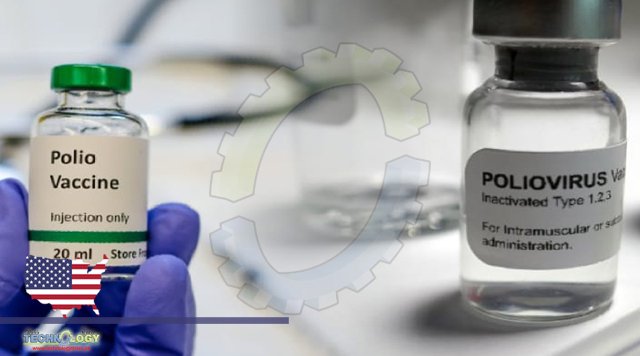The recent discovery of Polio in New York City’s wastewater got one listener curious. Amy from Arizona left a voice mail for the team at 5 Things asking how Polio was found? Were they looking for it or something else? So we did a little digging and spoke to two experts on the matter. We wanted to know how a disease like that has been eliminated in the United States can show up again? Should we be worried? And what can we do to protect ourselves?

We are absolutely very concerned about this because we, in the public health community, we want to fight the diseases that are new, the ones that are emerging, things like COVID or monkeypox. We don’t want to be dealing with things that we’ve actually succeeded in getting rid of here in the United States and any time you’re doing that, you’re not fighting the new threats that you face. But first, I turn to Chris McKenna. He’s based about an hour north of New York City. That’s where polio was found. He’s a veteran reporter for the Times Herald-Record, and he’s been following the resurgence of polio closely. One man has been paralyzed from polio, but as McKenna tells me, it’s likely that other people have it and may get it, and some will not know it. We’ve had a whole sequence of stories about this since around the middle of July when, out of the blue, there was an announcement that a resident of Rockland County had been diagnosed with polio and had been at least partially paralyzed.
This was shocking news because, of course, most people routinely are vaccinated against polio when they’re infants or young children. So polio has been all but eradicated in this country for years and to hear of somebody being paralyzed by polio is very surprising and very troubling So since then, what we’ve learned is that not only has this one person had a confirmed case of polio, but polio has been circulating since at least May, and they determine this through testing the wastewater. When you hear tips that there’s polio in the water, that may sound a little like tales from the 1940s and 1950s before there was a polio vaccine and people worried about catching polio by swimming in a body of water that the virus was present in. What is meant here by polio in the water is polio in the wastewater. Somebody who’s infected with polio excretes that, and through testing of sewage coming into wastewater treatment plants, scientists are able to discover traces of polio and other diseases. It just so happens that in New York, a network of wastewater plants has been growing over the last two years as a way of monitoring COVID levels. In the same way that people infected with polio excrete the virus, people who are infected with COVID do so as well. So the state has been using this as a way to monitor, not just the presence of COVID because COVID is ubiquitous, but to monitor the rise and fall of cases as a way of warning communities that an outbreak might be coming. The first sign of that might be rising levels of COVID in the wastewater.
Source: This news is originally published by usatoday